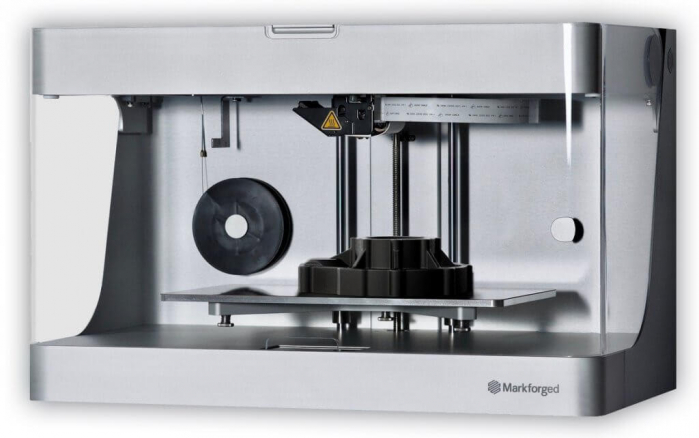3D printing
Do you need 3D printed spare parts or prototypes? We manufacture plastic composites for the needs of various industrial sectors. Our customers order from us 3D printed products that need to meet certain strength requirements.
3D printed models chosen for the purpose
3D printing enables combining various materials. Nylon and onyx are the primary materials, in addition to which the product can be reinforced with carbon fibre, glass fibre, or aramid fibre (Kevlar) to achieve the desired rigidity level.
We always choose material case-specifically. We implement 3D printed prototypes and spare parts based on model products or a ready 3D model. Alternatively, we can do modelling for you. We are able to meet all strength requirements set for plastics. If reinforced with continuous fibres, the same strength as aluminium can be reached.
How much does 3D printing cost?
The price depends on the materials used, the time spent, and other customer needs. Contact us to request a quote on 3D printing!
Markforged Mark Two (Gen2) 3D composite printer
- Maximum build volume: 320x132x154
- Suitable plastics for printing: onyx (nylon + cut carbon fibres), nylon
- Suitable fibres for printing: carbon fibre, glass fibre, aramid fibre (Kevlar) HSHT glass fibre (high strength high-temperature glass fibre)
- Layer thickness: 100 microns
- Precision: 0.02 – 0.1 mm depending on the workpiece
- When the 3D printed products are reinforced with composite fibres, the printers by Markforged offer unique strength, rigidity, and durability. Carbon fibre parts printed by using a composite printer are as strong as aluminium but lighter in weight.
- Intuitive software helps make parts that are both strong and flexible: your imagination is the limit!
- A 3D model is needed for the piece that is to be printed. A ready file can be submitted or a model piece that can be used to create a 3D model.



